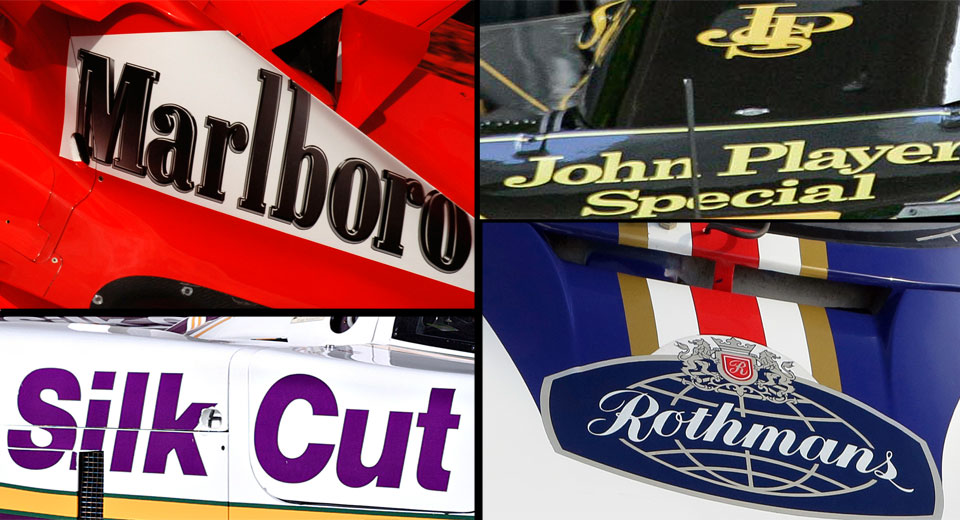We get why tobacco advertising had to be banned. We really do. Smoking is bad, and associating it in consumers’ minds – especially in the impressionable minds of young fans – is not a good thing. But we have to admit to a bit of nostalgia for the days when cigarette brands sponsored racing teams.
It’s not just that tobacco companies have lots of money to throw at marketing and the subsequent positive effects that can have on racing budgets. There are lots of corporations with big advertising budgets – from automakers, rubber producers, and oil refineries to alcohol distilleries, telecommunication giants, and even financial institutions – that are keen to associate themselves with the fast-paced image of motor racing.
More than anything, it’s the racing liveries that tobacco sponsorship produced that we miss the most. Because they were some of the most gorgeous color schemes ever to grace competition automobiles. So divorced (in as much as possible) from the products they conveyed, we’ve assembled this list of some of the most beautiful, most recognizable, and most iconic racing liveries ever to be bred by the tobacco companies that have long since vanished from the racing circuit.
Marlboro
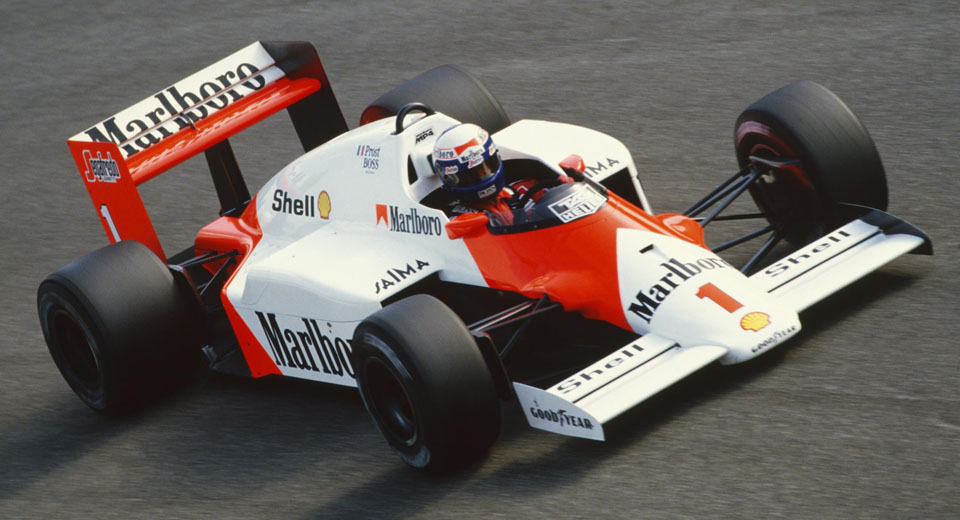
The premier brand in the Philip Morris portfolio has been one of the most prolific sponsors of motor racing. Its white with red chevron livery has adorned McLaren‘s grand prix racers in their heyday, Penske’s cars on the Indy racing circuit, and of course the Scuderia Ferrari. It’s the latter with which the brand was arguably the most inexorably intertwined, to the point that the Marlboro name was part of the Italian outfit’s official racing name for decades – and remained so long after tobacco advertising was banned from motor racing, giving rise to an evolving creativity to convey the brand with its logo increasingly obscured. The relationship between Ferrari and Marlboro has remained so close, in fact, that after a string of team principals failed to put the Scuderia back in the winner’s circle, the tobacco company sent over its own Maurizio Arrivabene to run the team – which he still does two years later.
Rothmans

When we asked you, our loyal readers, a few months ago which team had the best-looking livery on the F1 grid today, the answer was overwhelmingly Williams – sponsored by Martini Racing, with its iconic stripes. Rothmans, we’d argue, had a livery almost as (if not equally) beautiful. The British tobacco brand also sponsored the Williams team – like Marlboro and McLaren, at the height of its success. It also applied its navy and white livery with red and gold stripes to Porsche’s legendary 956 Group C racers at Le Mans, and followed the German automaker into rallying, where it also sponsored Subaru, among others.
John Player Special
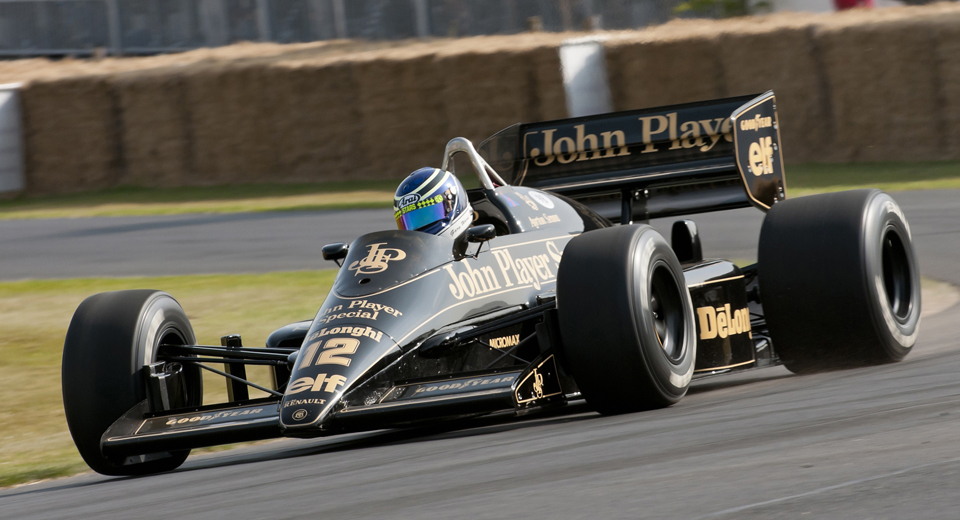
While Marlboro and Rothmans extended their sponsorship to numerous teams in multiple racing disciplines, John Player Special focused primarily on its partnership with Lotus. The JPS livery of gold stripes over black was so iconic, in fact, that the reborn Lotus team brought it back in recent years, even without the logos and financial backing of the Imperial Tobacco brand.
Gold Leaf
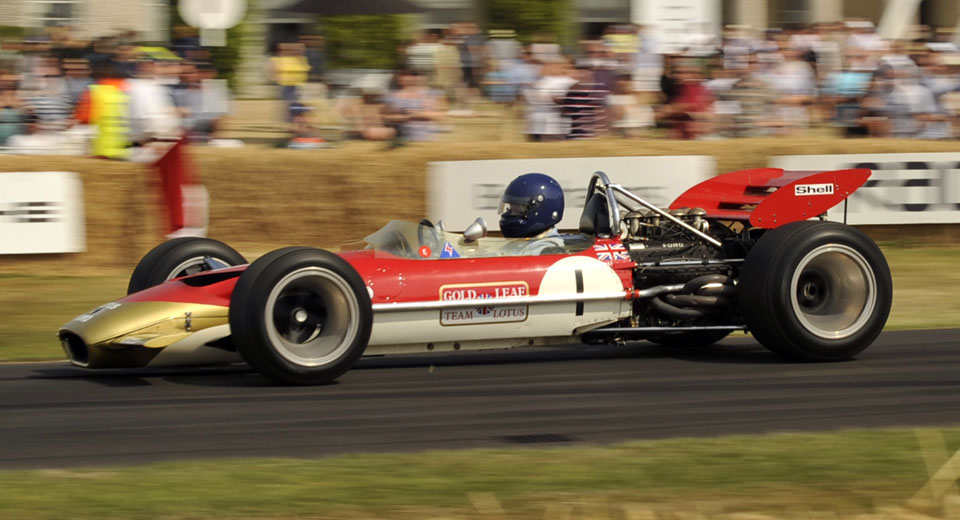
Though it may not be as widely recognized as those that followed, the first tobacco brand to jump into grand prix racing was Gold Leaf. The sister brand to JPS similarly sponsored Graham Hill’s Lotus 49B as early as the 1968 Monaco Grand Prix, adding its name to that of Team Lotus and applying its red and gold livery – which, to our eye, remains among the most timeless.
Silk Cut
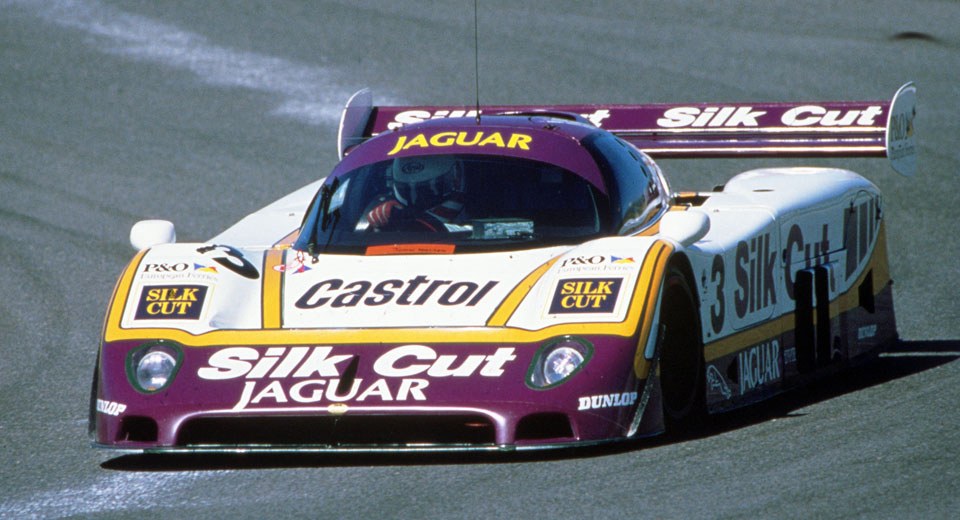
With seven wins, Jaguar ranks as one of the most successful manufacturers ever to compete at Le Mans. Most of those victories came in the 1950s, but it came back again in the late ’80s with a series of XJR Group C racers. They were sleek and fast – and sponsored by Silk Cut. The Japanese tobacco brand applied its purple, white, and yellow livery to a series of the TWR-developed racing coupes that took the checkered flag at Le Mans in 1988 and 1990 and the World Sportscar Championship in ’87, ’88, and ’91 – but not in America, where the IMSA GTP series’ title sponsor Camel forced the Jaguar team to run with secondary sponsor Castrol instead.
Of course these weren’t the only tobacco brands to advertise in motorsports. Brands like Camel, Player’s, West, and Lucky Strike all supported teams in Formula One as well. And that’s just in one series, from which Big Tobacco and its big budgets started disappearing in 2000. For better or worse, we may never see their likes again.



